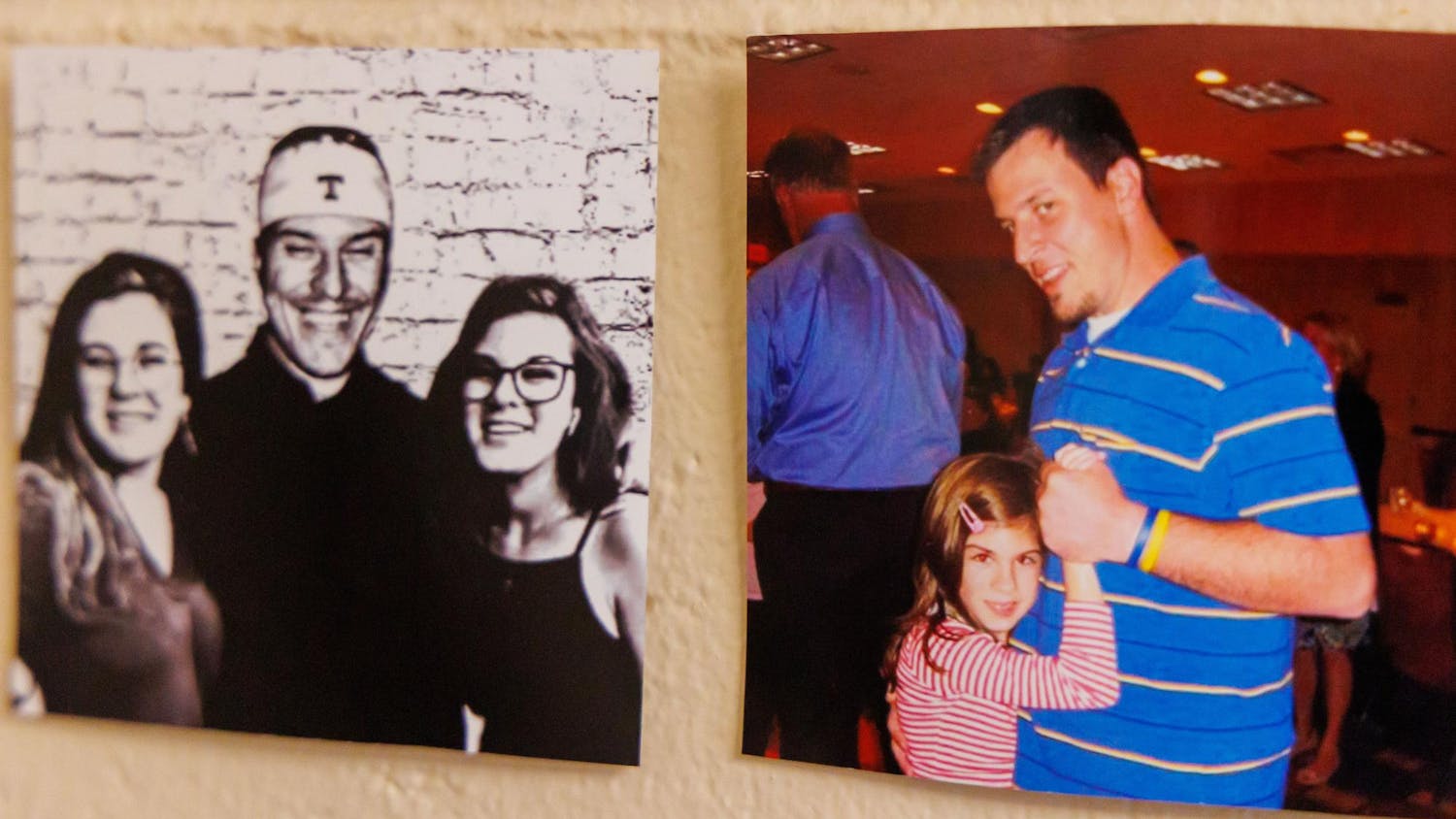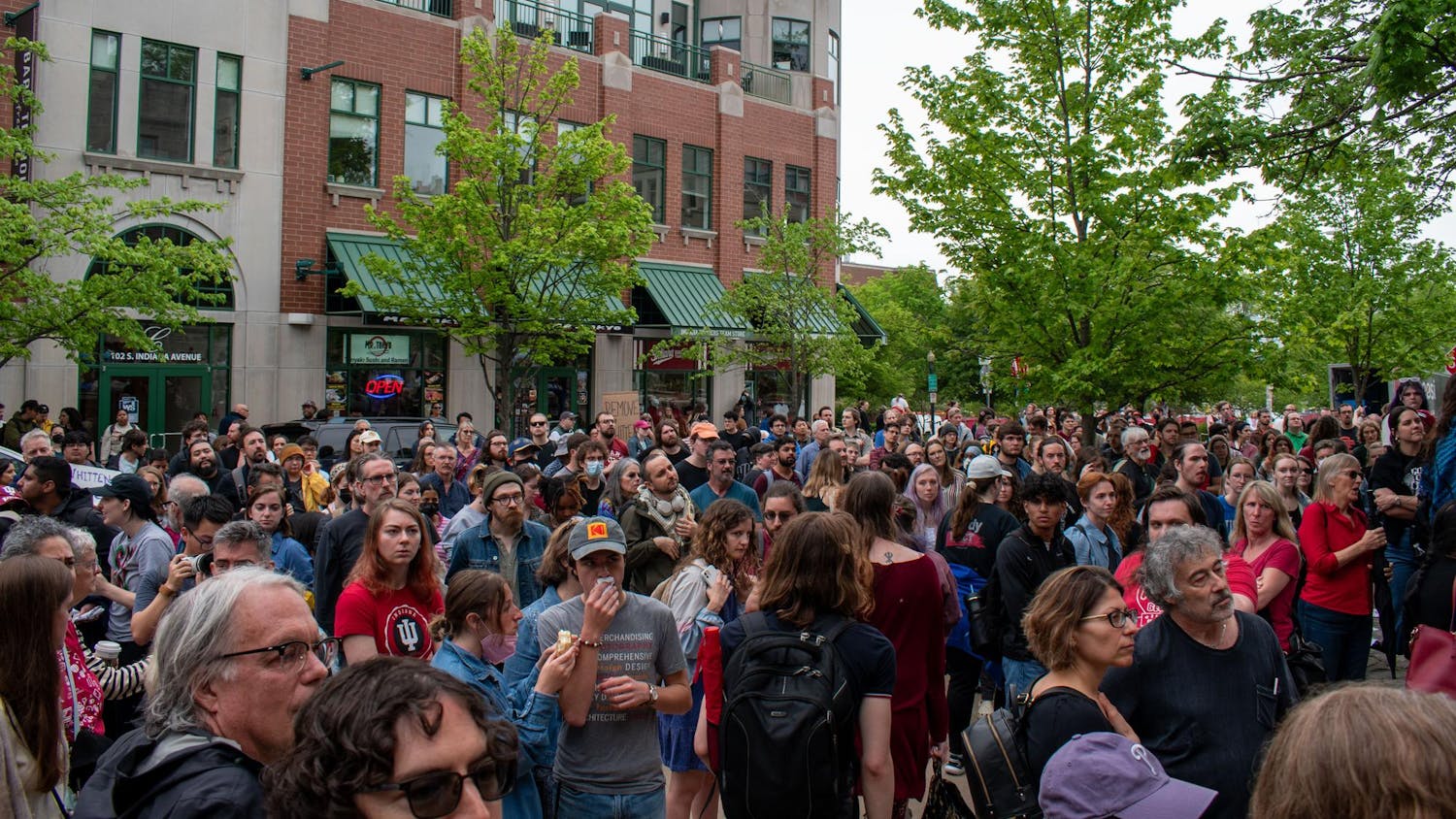The victim of a car accident caused by driving while talking on a cell phone, New York Assemblyman Felix Ortiz decided to take matters into his own hands when he drafted the first bill to regulate cell phone use on American roadways through the New York State Legislature in 1996. \n"I was driving from my district office to visit the borough president," Ortiz said. "The person in front of me was wavering. I thought he was drunk, and then he hit a (telephone) pole." \nThe accident Ortiz described was caused by a man who was talking on his cell phone. \nThree years later, Brooklyn, Ohio, became one of the first cities to actually pass legislation restricting cell phone use. Mary-Jo Banish, assistant clerk to council in Brooklyn, recalls one of the many cell phone-related accidents.
"The police chief saw an accident right in front of city hall," she said. "A man drove into the back of a woman sitting at a stoplight. He saw the cell phone in the man's hand as his car spun around." \nThe dangers of cell phone misuse are evident on roads across America. Yet while they are dangerous in certain situations, they still have many benefits.\nCell phone and other wireless device usage is fairly pervasive in America. Wireless Week magazine estimates there are 11 million wireless subscribers between ages 10 and 24, and predicts "wireless youth subscribers will number more than 30 million in 2004," -- more than half that market's population. It also predicts that three out of four youths will use a cell phone in 2004.\nA safety issue that surrounds cell phone use is whether it is safe to talk and drive at the same time. The 911 system and personal safety is for those who need help. \nTalking on the phone while driving is a major concern. Legislation has been introduced in many states, including Indiana, limiting cell phone use while driving. New York state banned holding a handset and driving at the same time in October. But for many, the convenience of being able to talk anywhere often overrides immediate concerns of the road. \n"I always talk when I am driving," senior Mary Beth Edmiston said.\nThe National Highway and Transportation Safety Administration estimates that one of 500,000 Americans talk while driving at any point in the day. It also states that women are more likely to talk on the phone than men and twice as likely if driving an SUV or a van. In another example of the pervasiveness of wireless technology, the administration found that nearly three out of four drivers have talked on a wireless phone while driving.\nAlthough the majority of drivers talk while operating a motor vehicle, the NHTSA, as well as the five major wireless providers and their trade organization, recommend against it. A study at Leeds University in the United Kingdom showed drivers who are talking have a slower reaction time than those who are not.\n"I was on the corner of College and Walnut and not paying attention to traffic," Edmiston said of an incident that happened while she was talking and driving. "I ran a red light, there were cars coming and one of them almost hit me. I have done it a couple times."\nThere is no way to know if phone usage is the cause of accidents locally because it is not noted in police records. This will soon change when the state introduces a new uniform state document for recording accidents that includes reasons for the accident.\nAnother concern about phone use is whether the radiation given off by cellular phones can cause cancer. According to the Food and Drug Administration, there is no scientific evidence to show cell phone usage causes adverse health effects. But the FDA also cannot conclude that the devices are absolutely safe. Several people have claimed that major manufacturers' phones have caused brain cancer. \nPhones are regulated by the FCC, which allows 1.6 watts/kg specific absorption rate, or SAR. This is stricter than Europe's 2 watts/kg, where the percent of the population using them is greater than that in the United States. Literature that comes along with new handsets includes its SAR.\nSenior Jessica Emert said she doesn't worry about the radiation from her phone.\n"I am not concerned (about radiation). There are too many other things that can kill you to worry about cell phones," she said. \nThe FDA suggests reducing the time of wireless phone usage to reduce radiation exposure. Users can also use speakerphones or hands free devices. There are also radiation shields that reduce the amount of radiation that enters your body.\nHands-free sets are available at many stores and come with many phones. Speakerphones are also available on higher-end phones. In addition to reducing risk from radiation, they are a must for talking while driving in restricted areas. The New York law will even waive fines for those who show a receipt from purchasing a hands free device.\n"It's just safe," said junior Steven Thompson whose hometown in New Jersey has restrictions on phone use. "You can do a lot with an earpiece. It's good to use while you're driving or relaxing. (I have used one) while playing cards and when I was playing Play Station," he said.\nEnhanced 911 (E911) is another safety service that callers can use. The system is an advancement over current systems, but the major carriers have stalled its implementation. \nIndiana is a leader in E911, which has two phases. \nE911 first sends the telephone number, the address and name of the subscriber to the operator. It also lists the cell phone tower through which the call was placed. This is excellent for landlines but of little use for a phone that is traveling on the highway and can be miles from the tower receiving its signal.\nPhase two: E911 uses Global Positioning System satellites to find the phone's location within 50 to 150 meters. The new system could be of great importance to an injured person because rescuers will know where to go.\nThe local 911 offices have had equipment to process the enhanced information since 1998, but wireless providers have not completed the system.\n"The vendors have not deployed their systems," Communication Supervisor for Emergency Dispatch Amy Brummett said. "We can receive the information if they send it." \nThe FCC required all carriers to offer handsets capable of using the E911 phase-two system by October 2001. All major wireless vendors applied for and were granted waivers to delay the implementation. Lake County is the only place in Indiana where phase two is active Brummett said. Not all wireless carriers in this area send E911 information.\nThis technology will not be deployed in the Bloomington area by major carriers for some time. Verizon may not offer the service until 2005.





